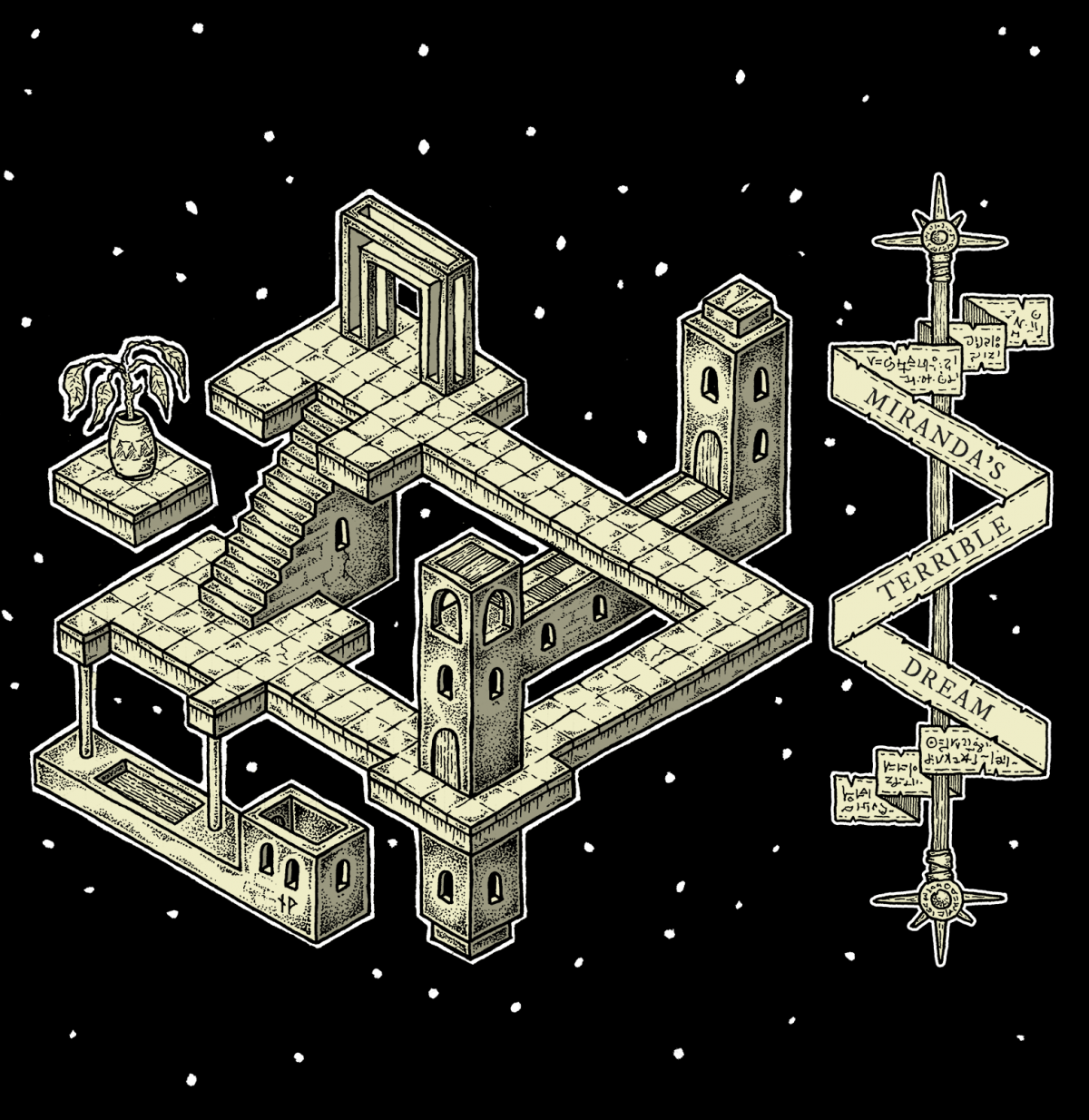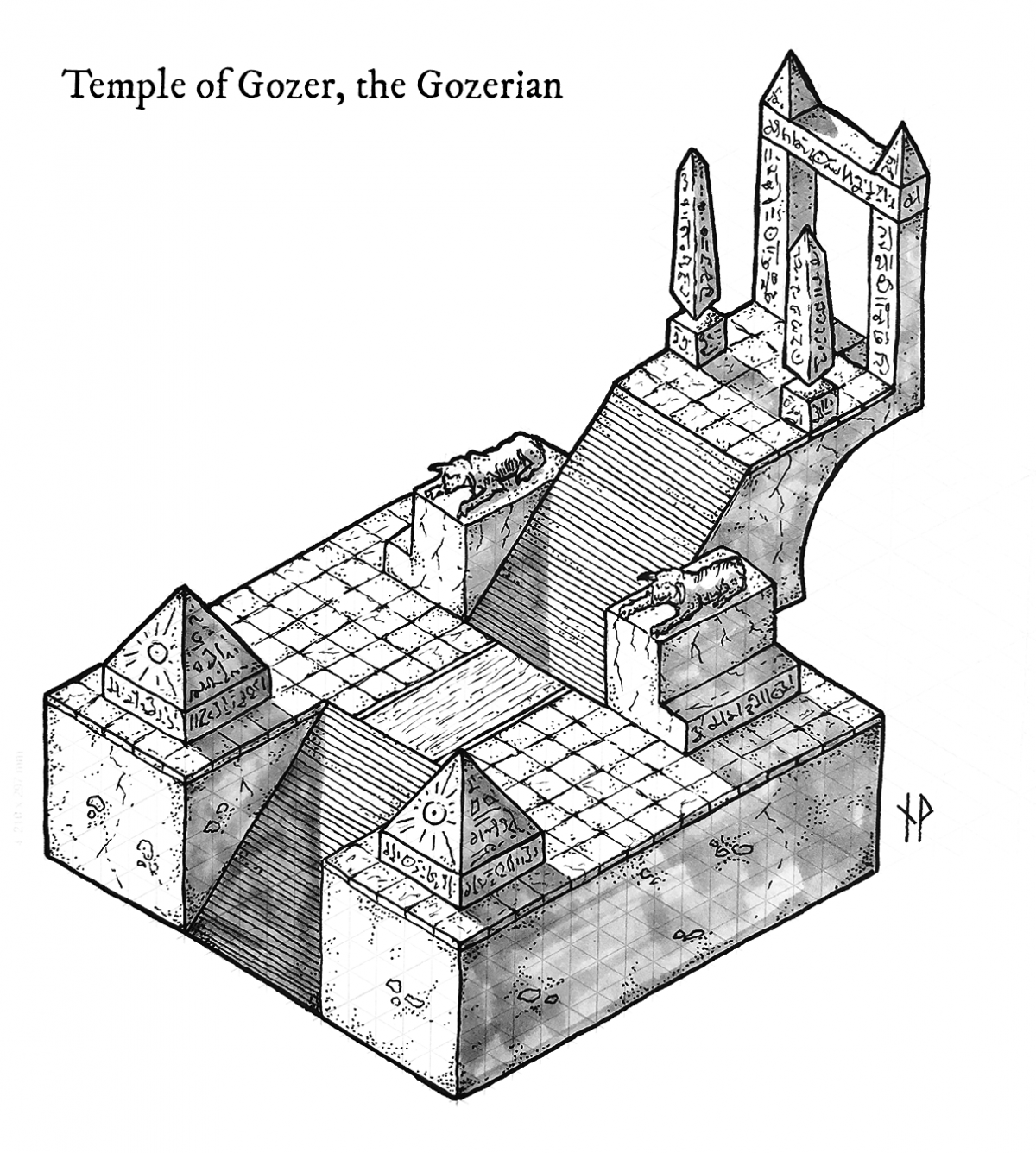Some dreams are real and dangerous, as mankind’s imagination can breathe life into beings and places most sinister. This is what happened when Miranda van Sonner dreamt about the Rickety Man in the Sandstone quarter. Miranda is no more, but her unfortunate creations are very much still in existence, and poses terrible danger.
When and where the veil between our world and the dreamscape is thin, due to arcane manipulation or vivid imaginaton, we can slip into these dimensional pockets. What awaits us on the other side is sometimes strange and wonderful, and sometimes wicked and dreadful. A creature like the Rickety Man can latch onto a dreamer, and follow her back to the waking world, or keep her trapped in his eternal domain. Other, more benign entities can offer help and knowledge. Some dreamscapes can even hide powerful artifacts and wondrous treasure.
The Sandstone Quarter is a silent and arid place. It floats in a vast, cosmic void. There is a constant, gentle wind that whisps up dust and sand. A withered plant rustles softly in this wind and dried sloeberries grow from it.
The buildings are larger on the inside than their appearances suggest. There are winding stairwells and many strange, empty rooms inside.
A strange portal in the Sandstone Quarter activates when the veil is thin, and allows travel from the waking world – but does not allow the dreamer to go back unless the Rickety Man grants it.
The Rickety Man is an insidious being. He is thin, dried out, and has a piercing gaze. He is not always here, but fades in and out of existence.
—
This map was drewn with artists like Errol Otus and M. C. Escher in mind, as they inspire me greatly.
Click here to download a larger version of the map, for personal use.







